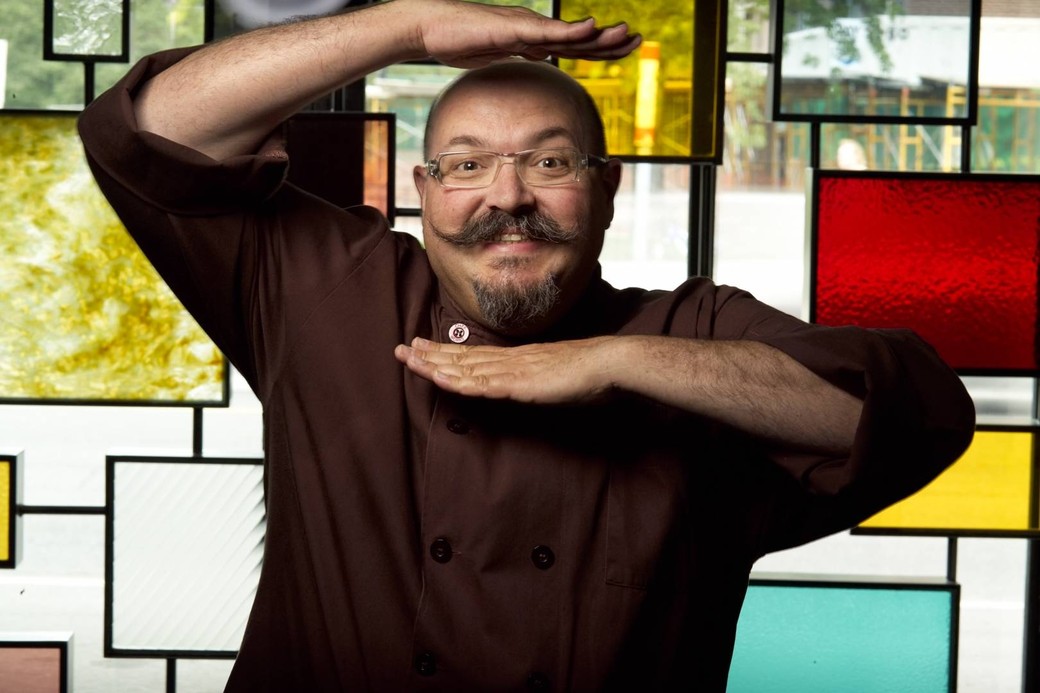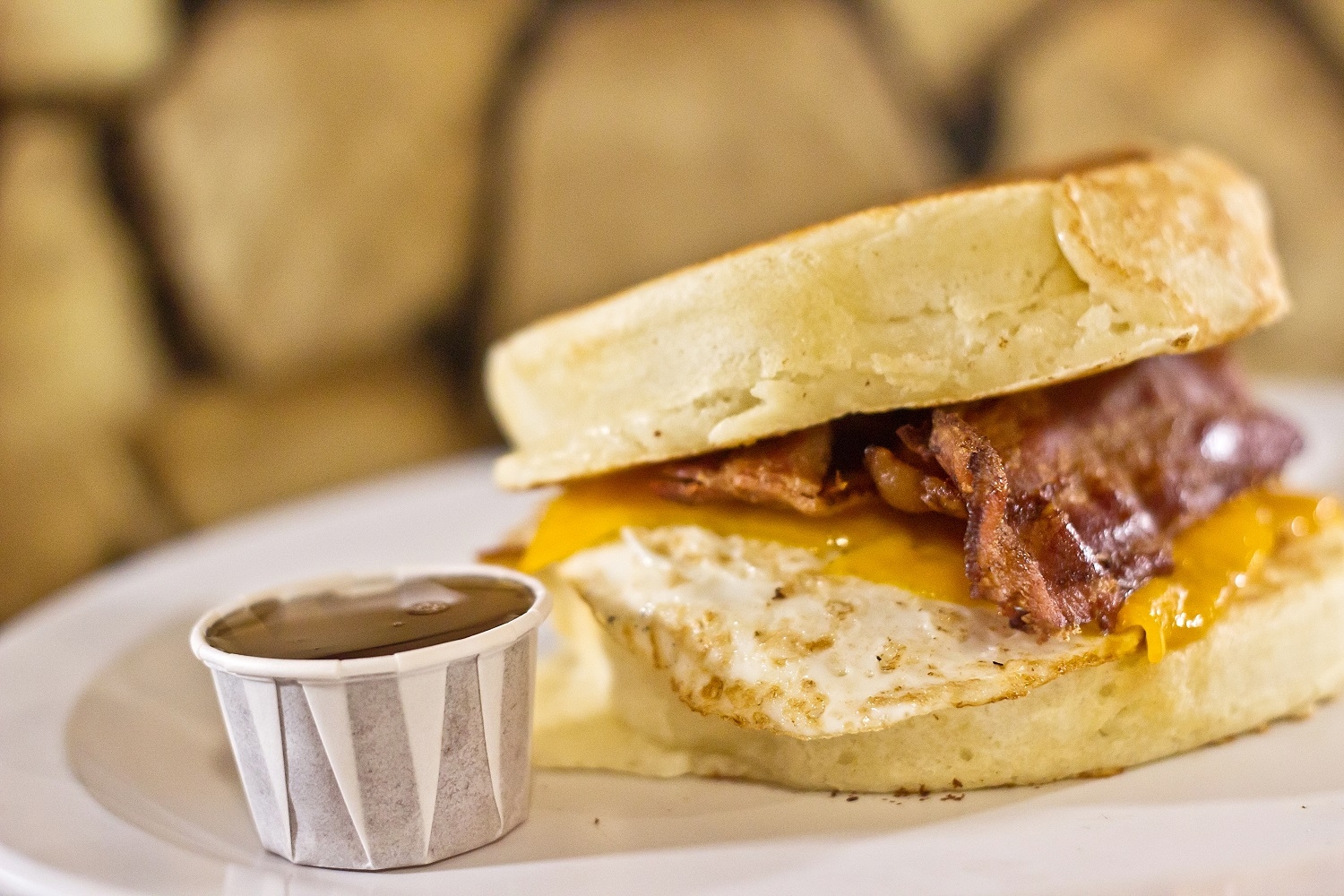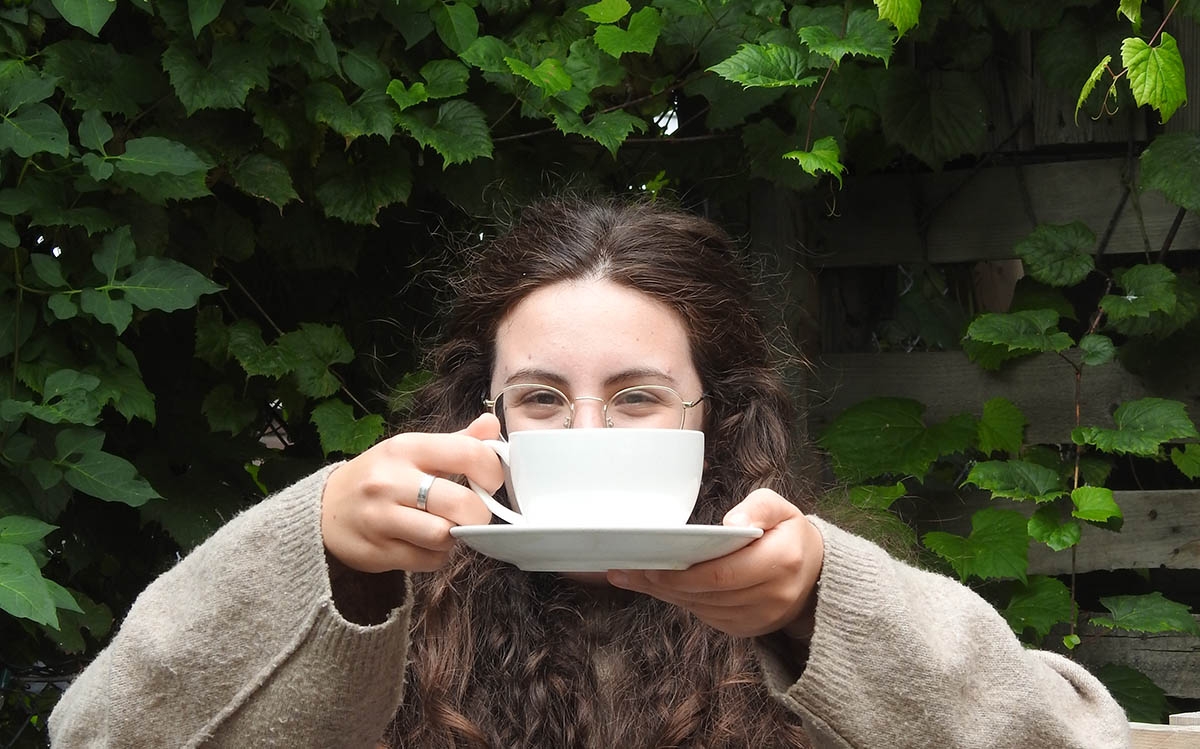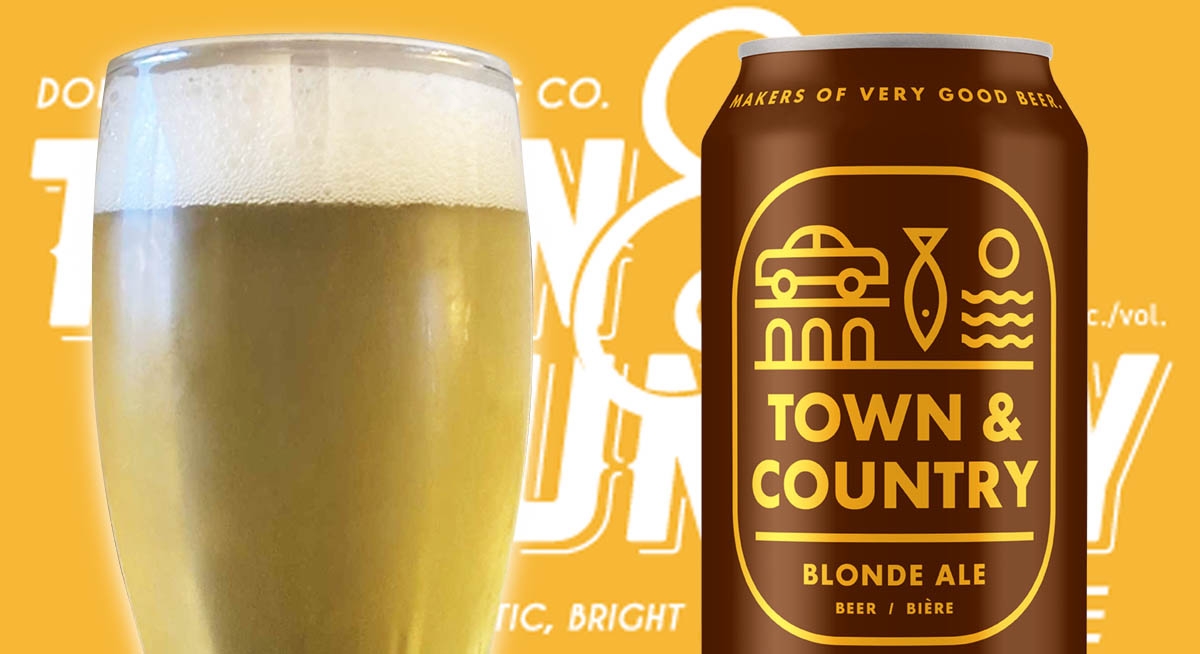
Massimo Capra’s Confession
“Is this my confessional?” said the chuckling Massimo Capra, as he and his assistant joined me in the booth of the monastery inspired Pub Italia. This wasn’t an inquisition nor did Capra confess his sins to me, but he did confide his love for Chicken McNuggets! “Now that’s molecular cuisine at its best!”

The Italian expatriate is one of Canada’s most recognizable chefs and the host of Travel+Escape’s new original series Gourmet Escapes. The Toronto-based chef is also widely known for his role in the popular television show Restaurant Makeover on the Food Network and as the chef with the handlebar moustache with upward curved extremities.
Everything started to sizzle for the celebrity chef when he left Sesto, Italy and landed in the Queen City to work in a relative’s kitchen. With a pie in the sky mentality, Capra kneaded dough at Preggo Della Piazza for a decade before transferring to Mistura, followed by his biggest move in the opening of the flamboyant Sopra Upper Lounge.
Even if Capra doesn’t have a restaurant in Ottawa, he still drops by once in a while. “I visited Ottawa several times, I usually come during La Vendemmia (fall grape harvest),” said Capra. “It’s a pleasant looking city, the summer here is great and so is the By-Ward Market.” Capra also appreciates Ottawa’s diverse culinary scene, “there’s a good variety here and good integration between Quebec and Ontario.” Capra wishes he had discovered more restaurants in the Nations Capital, but la famiglia è la patria del cuore. “One of my cousins lived here and like a good Italian family, we always ate at home.” Capra still had the chance to savour the creations of a few Ottawa chefs. He points to Michaels Moffat’s Beckta and Steve Mitton’s Murray Street Dinner as two great restaurants in O-Town. Capra’s only critique of Ottawa is “it’s too weekend oriented, I tried to get some nice meat cuts on a Tuesday and everything was sold out,” he said. “Thankfully, I found this nice meat market called Sasloves.” Despite Ottawa’s shortcomings, Capra does recognize the culinary scene here and elsewhere is changing for the better.
According to the celebrity chef, the economy is forcing the food scene to change. Like in the Arab countries, “there’s a rebellion against the old, there is a food revolution where new people are coming in with great ideas,” said Capra, who spent time in the Italian army. “The attitude in Canada is changing, young kids are more knowledgeable about their food and are eager to learn and I must say are developing quite the palate!” While Capra applauds this new movement, he doesn’t support all the new trends.
“I don’t enjoy it,” he said, referring to molecular gastronomy. This cuisine consists in the research of food’s reaction when faced against physical and chemical transformation. “They use these techniques in factories, which some people are trying to get rid of, yet it’s growing in popularity,” said Capra. “You must be jaded with life to make calamari into spaghetti and those foams are just absurd.” Chef Capra isn’t against everything molecular, “some techniques are acceptable and valid, but only in small doses,” he said. “I do use some of them in my restaurant, but I don’t enjoy the cuisine.” Coming from an Italian chef, it’s not surprising to hear Capra discourse on culinary physics. “Italy disregards molecular cuisine, some even protested in the streets against it.” Fresh ingredients and simplicity are the cornerstones of Italian cuisine and represents a side in this culinary debate.

In Timothy Taylor’s bestseller book Stanley Park, he divides the culinary world in two gangs, the Crips and the Bloods. Crips are transnationalist seeking ingredients from across the globe, always trying to create new dishes and are known to practice fusion cuisine. Bloods are traditionalists rooming the terroir for fresh and in-season ingredients. Considering this, it’s not surprising to see Capra don the red bandanna. “Italy is known for fresh products and eating them exclusively,” he said. Capra uses vinaigrette as an example. “In France, chefs take olive oil, vinegar and mix it with other products to create the vinaigrette, in Italy we simply use olive oil,” he said. “The Italian vinaigrette’s sold in America are a myth.”
According to Capra, it’s difficult to tell what is authentically Italian. Italy is such a large country offering different types of cuisine. One misconception is the presence of garlic in the cucina italiana. “In Italy, garlic is frowned upon, it only brings trouble,” said the chuckling Capra, who didn’t mince his words on Cesar Salad’s deception, “now that’s not Italian!” There are many un-authentic Italian restaurants in America, yet the moustachioed Italian doesn’t feel it creates a bad image of his motherland’s cuisine. “You can’t help it, there are 110 provinces in Italy and over 1 million different sauces all claiming to be the best,” he said. However, the portrayal of Italian cuisine in America did shock Capra when he arrived in the True North. “Ravioli in a can!? Good for business, bad for food,” he said with a smirk. Capra does confess the adaptation occasionally pleased him. “I’m a glutton and I enjoy saucing and cheesy pizza.” His main message remains not to emulate Italian food, but to concoct your own.

Strongly influenced by Europeans, Canadian cuisine is trying to set itself apart now. “I applaud Quebec cheese farmers for making their own style of cheese and not mimicking Parmesan cheese or Ricotta cheese,” he said. Capra wonders why there isn’t as much innovation in North America, a region blessed with the freedom to create. “In Italy you must wait for products and you can’t go against the traditions,” said Capra. “You must eat what’s in-season and follow the system in place, even ordering a cappuccino at night will result in some frowning and questioning from the server.” Canada is a vast place for chefs to innovate, but Capra stresses the importance of travelling before.
Capra feels aspiring chefs or food enthusiasts should “travel, meet the food producers, talk to other chefs and smell the dirt where the food comes from!” Capra recalls a trip to California (his favourite) where the aroma of the produce intoxicated him! He also met with farmers allowing him to understand “the good, the bad and the ugly of the products.” When abroad, Capra stresses the importance of visiting traditional restaurants and coffee shops, “don’t go to a Starbucks when you’re on vacation!” Adventuring with your taste buds will allow you to discover culinary moments, like Italian brioches accompanied by a cappuccino, which according to Capra takes the cake. “You can’t pay enough money for an experience like that,” said Capra. His show, Gourmet Escapes, attempts to re-create similar experiences and can be compared to Anthony Bourdain’s show No Reservation, but with less booze.
Capra can’t explain the explosion of celebrity chefs, “but I’m certainly benefiting from it,” he said laughing. With the popularization of chefs and cooking shows, many culinary schools are opening their doors to eager children willing to learn and pay. “It’s cooking school not chef school, I hate when someone tells me ‘oh my son is a chef. Oh really where does he work? At McDonalds, but he’s at chef school.” Capra did attend the National Culinary Institute in Salsomaggiore, Parma, but got the knack of it in a kitchen. “The way I learned the most was watching my chef in Italy, I just scrutinized his every move, gained his confidence and one day I arrived before him and prepared everything,” admitted Capra. “You must learn the ropes, learn from your mistakes and you must be patient,” he said. “Kids now just want to be the all-star chef, but it’s very methodological and repetitive,” he said. “I’m a cook and then a chef.”
Rapid Questions with Massimo Carpa:
Favourite spice: Star Anis
Favourite vegetable: Fennel and Liquorice, “I love the root!”
Favourite fruit: Anything in-season like watermelon, peaches, plums and grapes.
Favourite chefs: Batalli, Bocuse among other French chefs.
Favourite food: Charcuterie
Favourite book: Pellegrino Artusi’s La scienza in cucina e l’arte di mangiare bene
Loathed food: Chinese egg and Parmesan ice cream.













